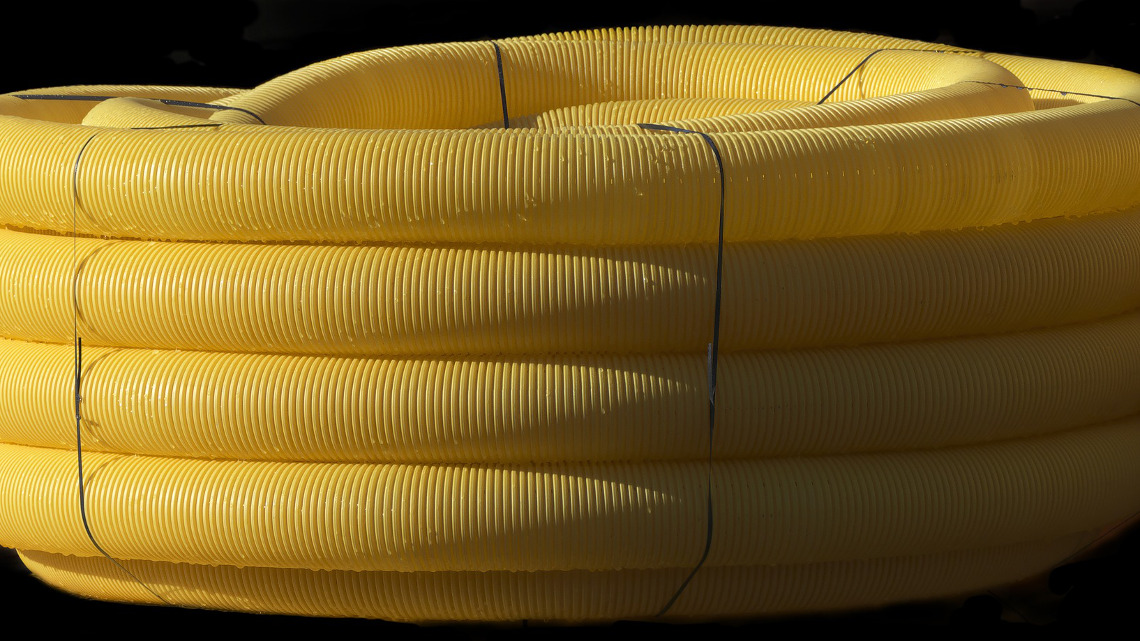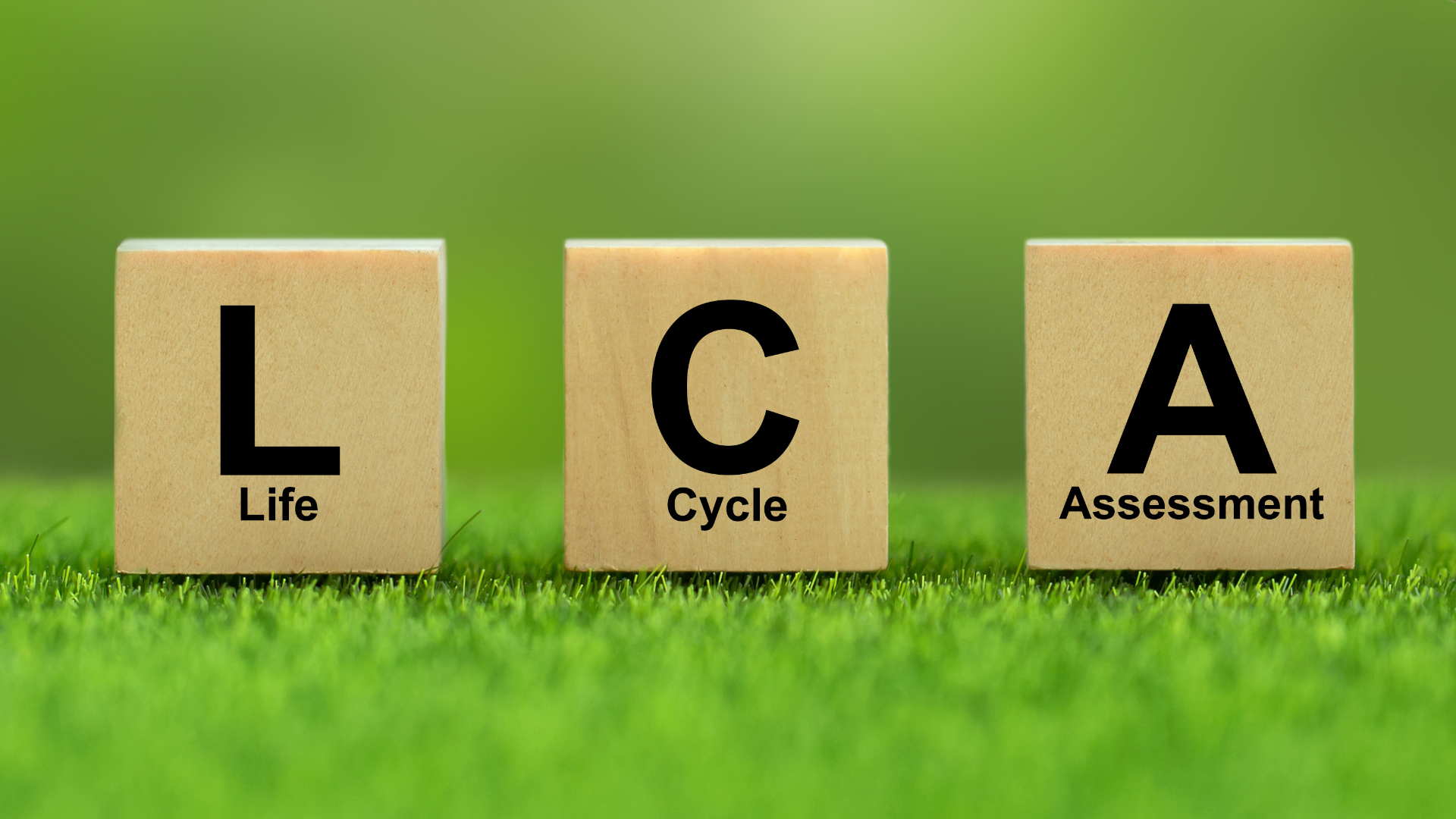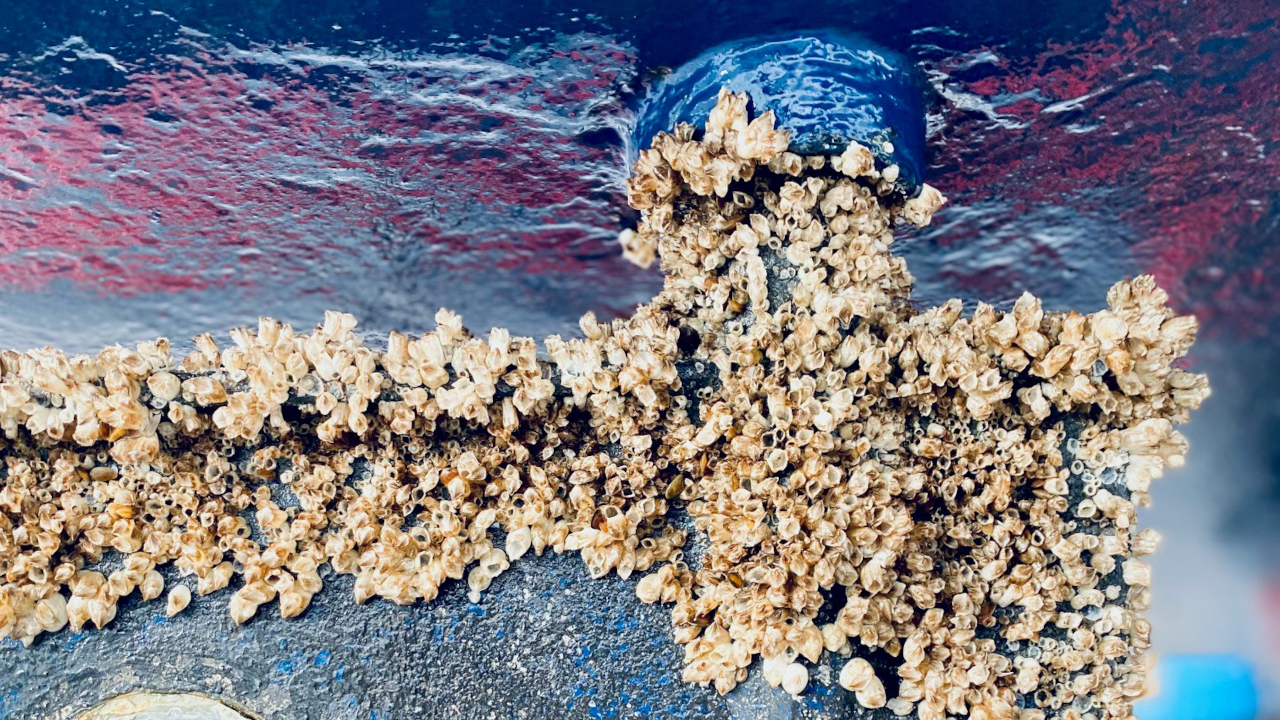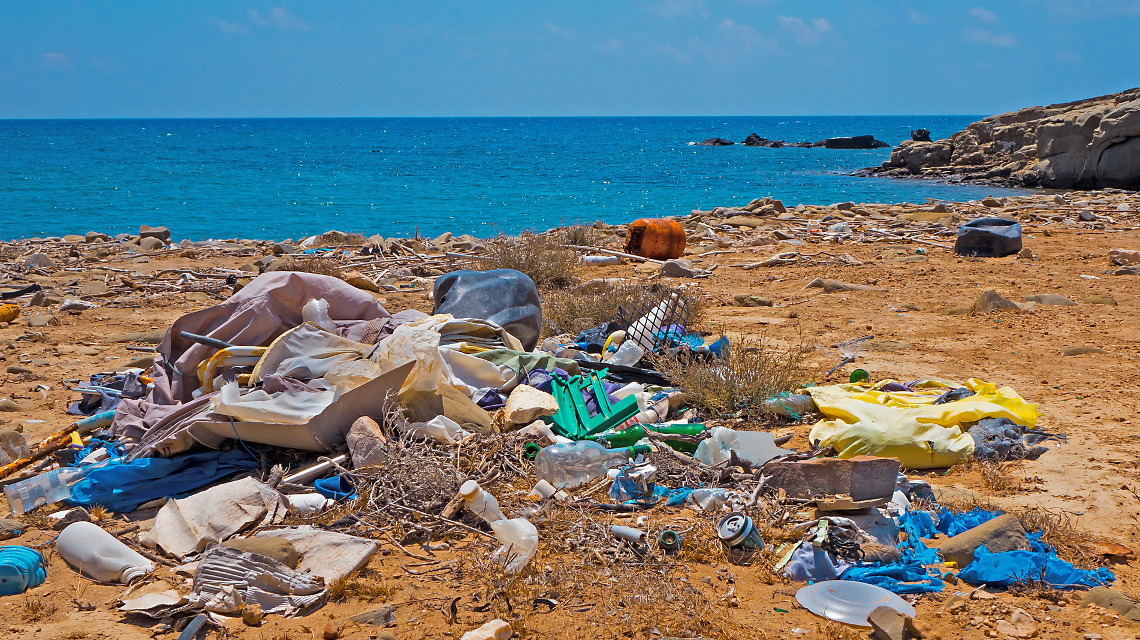Bio-based plasticizers for PVC
Many types of soft PVC are harmful to one's health. Thus, a consortium of the Hamburg and Bielefeld universities as well as BASF SE is looking for biobased alternatives.

Plastics are an integral part of our everyday lives. Whether foil, cables or artificial leather - due to its diverse material properties, PVC (polyvinyl chloride) can be used in many different ways. Measured by its production volume, PVC is now the third most important plastic in the world after polyethylene and polypropylene. Nonetheless, the so-called soft PVC, which is frequently used for cable insulators, floor coverings or hoses, is increasingly subject to criticism. This is because it contains up to 40% plasticizers, which not only soften the material, but also improve its temperature and weather resistance and increase its toughness and elasticity. However, many of these plasticizers, especially the so-called phthalates, are harmful to one's health and can severly affect the hormone balance.
New biobased plasticizers
Therefore, the Institute of Technical Biocatalysis at the Technical University Hamburg-Harburg (TUHH), the University of Bielefeld and BASF SE are looking to develop a novel, biobased alternative to conventional plasticizers for PVC. The joint project "Bioplasticizers" came about as part of the "New Products for the Bioeconomy" ideas competition funded by the German Federal Ministry of Education and Research (BMBF) as part of their "National Research Strategy 2030". The aim of the consortium is to develop plasticizer molecules for products that are environmentally friendly and safe for consumers.
The competition by the BMBF is divided into two parts: In the first phase, the exploratory phase, the idea of bioplasticisers was developed and a corresponding consortium formed. In the current, so-called feasibility phase, which will run until the end of May 2020, synthesising methods for the novel plasticizer molecules will be developed and their applicability and toxicology tested.
Using enzymes for a sustainable PVC production
More precisely, the researchers aim to develop molecules that offer a sustainable alternative to existing PVC products - without loss of value or function. At the same time, they should be able to be synthesized effectively, both ecologically and economically, and they should be made of renewable raw materials. Moreover, the biochemists use enzymes to reduce energy consumption and avoid the formation of harmful by-products. To learn more about the process, the individual reaction steps are analysed using infrared spectroscopy. The heat stimulates the oscillation and absorption behaviour of molecules and provides information about the chemical process reactions.
jmr


